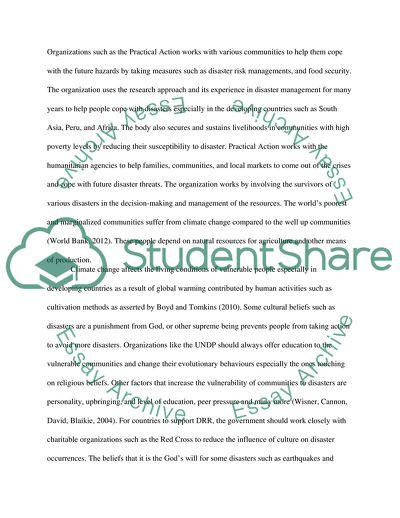Cite this document
(Important Factors to Support Local Disaster Risk Reduction Coursework, n.d.)
Important Factors to Support Local Disaster Risk Reduction Coursework. https://studentshare.org/geography/1872431-many-people-live-in-dangerous-places-that-are-at-risk-from-natural-hazards-what-factors-are-important-to-take-into-account-to-support-local-disaster-risk-reduction
Important Factors to Support Local Disaster Risk Reduction Coursework. https://studentshare.org/geography/1872431-many-people-live-in-dangerous-places-that-are-at-risk-from-natural-hazards-what-factors-are-important-to-take-into-account-to-support-local-disaster-risk-reduction
(Important Factors to Support Local Disaster Risk Reduction Coursework)
Important Factors to Support Local Disaster Risk Reduction Coursework. https://studentshare.org/geography/1872431-many-people-live-in-dangerous-places-that-are-at-risk-from-natural-hazards-what-factors-are-important-to-take-into-account-to-support-local-disaster-risk-reduction.
Important Factors to Support Local Disaster Risk Reduction Coursework. https://studentshare.org/geography/1872431-many-people-live-in-dangerous-places-that-are-at-risk-from-natural-hazards-what-factors-are-important-to-take-into-account-to-support-local-disaster-risk-reduction.
“Important Factors to Support Local Disaster Risk Reduction Coursework”. https://studentshare.org/geography/1872431-many-people-live-in-dangerous-places-that-are-at-risk-from-natural-hazards-what-factors-are-important-to-take-into-account-to-support-local-disaster-risk-reduction.


